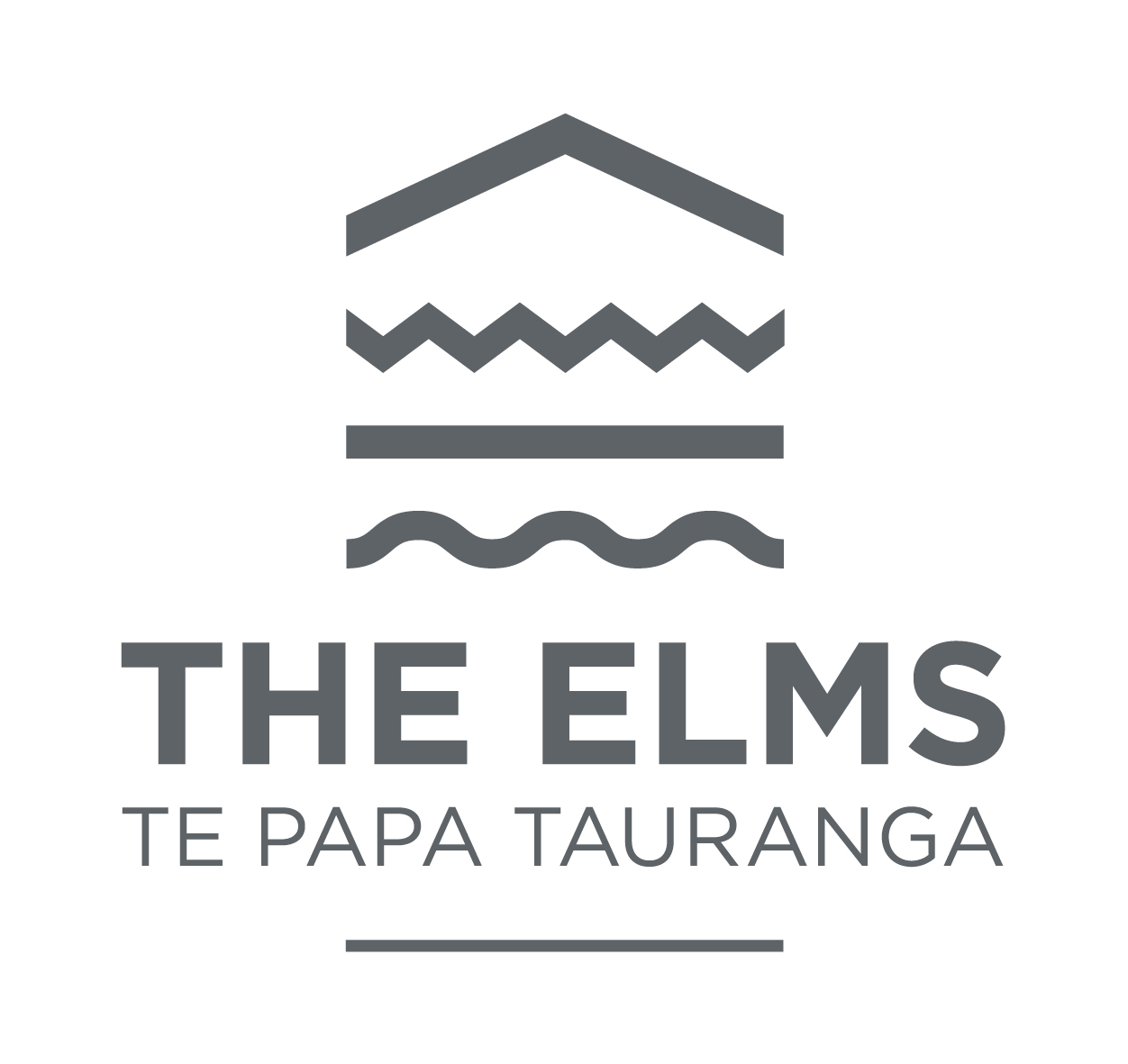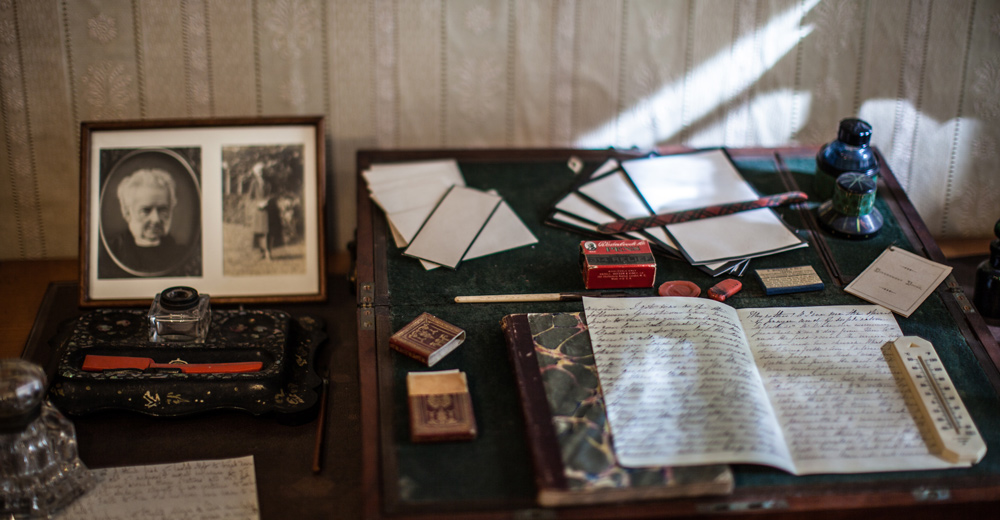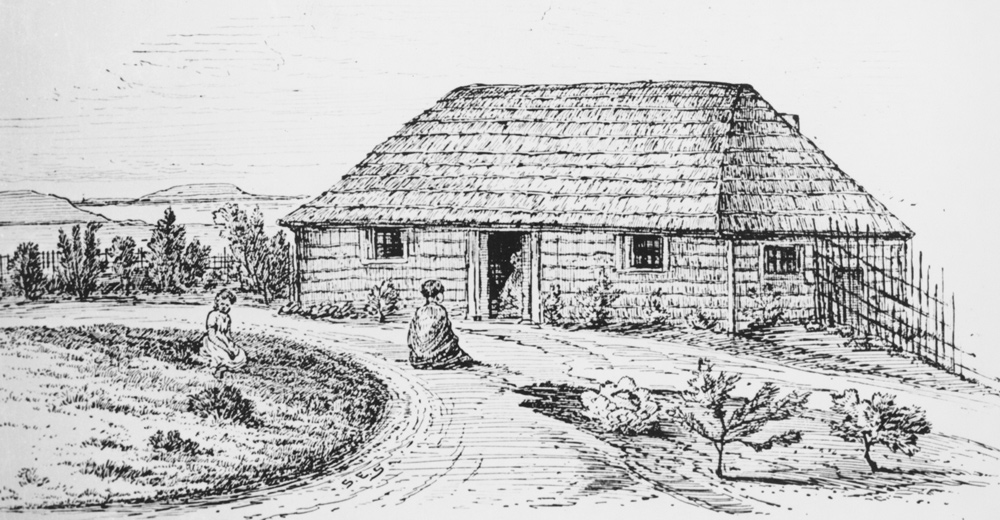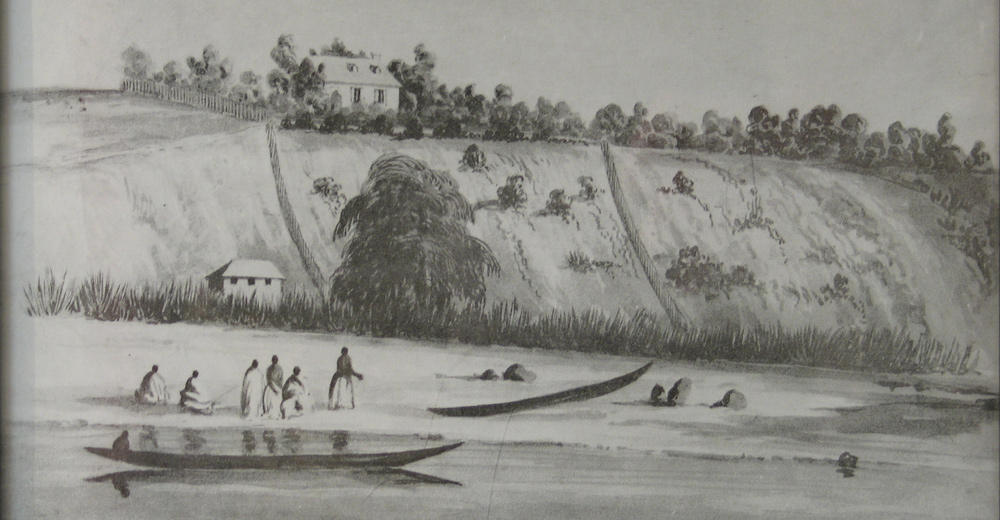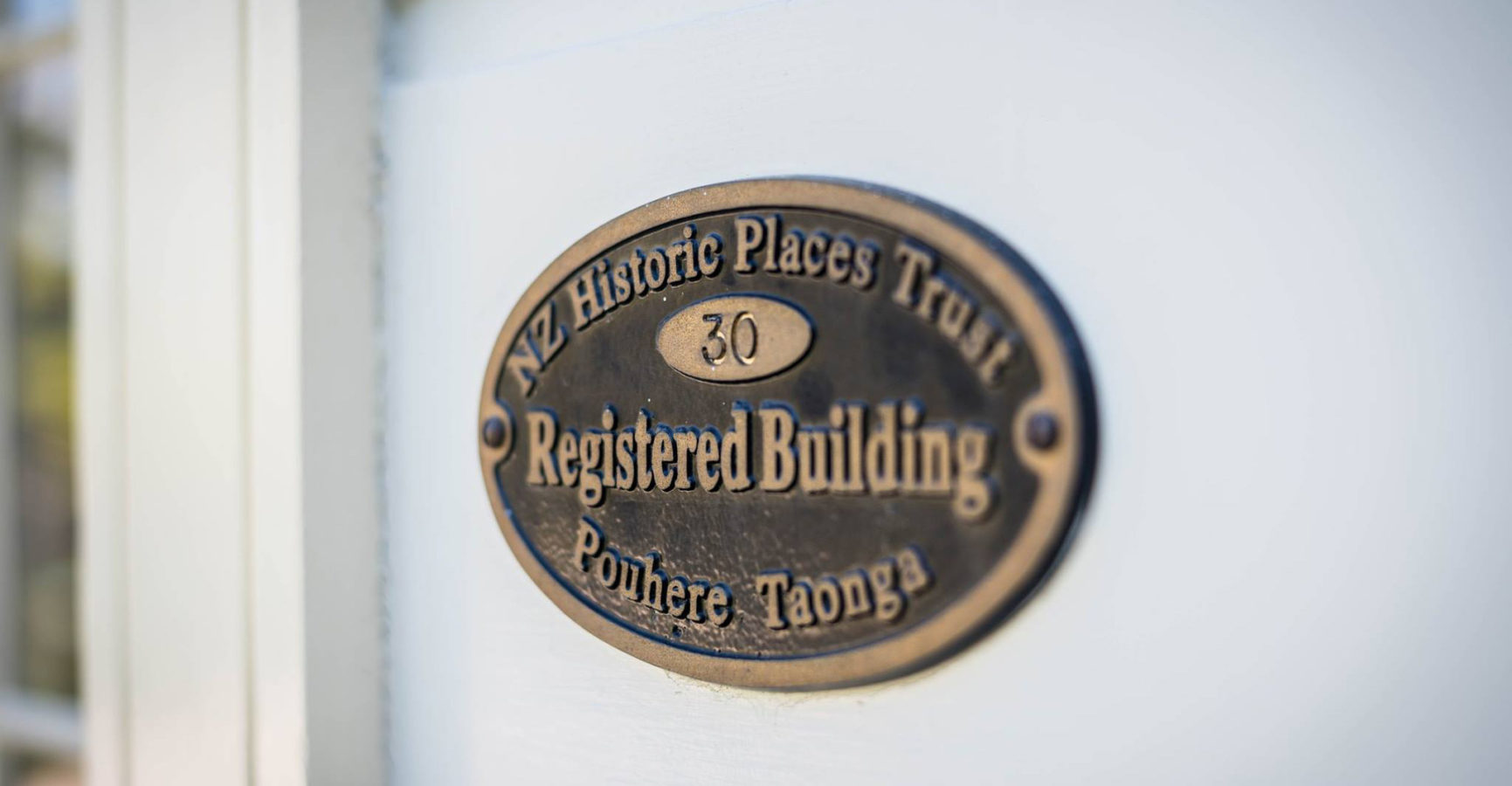For a detailed history of The Elms | Te Papa Tauranga we invite you to come for a guided tour with one of our knowledgeable guides. This page offers just a taste of the intriguing history of The Elms | Te Papa Tauranga site.
History of The Elms | Te Papa Tauranga
Located at the northern tip of Te Papa peninsula, for centuries the site of The Elms | Te Papa Tauranga was known as Otamataha pā, the landing place of ancestral waka and home to a thriving Māori community. From the 1820s a period of inter-tribal warfare ensued as neighbouring tribes armed themselves with muskets and set out to settle old scores. Otamataha did not escape the fighting. Visiting in 1828, missionaries found that the pā had been attacked and the inhabitants killed, taken as slaves or had fled to other settlements. The Otamataha site was abandoned and considered tapu (sacred).
However, the local chiefs realised the advantages that a missionary presence could provide for trade and security. With their reputation as peacemakers, missionaries of the Church Missionary Society (CMS) were invited to live amongst Tauranga Māori and establish a mission station at Te Papa. Inter-tribal skirmishes remained an ongoing concern during the 1830s and Te Papa Mission Station was not formally established until 1838 under the leadership of Alfred Brown.
Te Papa Mission Station, established by Brown, initially consisted of several raupo whare (houses) for the missionaries, a shed for the carpenters, a store for supplies and a boatshed on the beach at the foot of the cliff. Brown arranged for work to begin on permanent structures and the first to be completed was the library in 1838 and eventually the mission house in 1847. During this establishment period Brown was busy and successful in his attempts to take the Christian message to Māori throughout the Bay of Plenty. He walked for many months of the year, over rough tracks, in all weathers to visit remote settlements where he preached, and prepared converts for baptism.
All this was to change when in the 1860s war came to the Waikato, and soon involved Tauranga Māori. In 1864 imperial troops arrived, camping on CMS land, and taking over Te Papa Mission Station buildings as their commissariat. Brown was torn between loyalty to Māori, to whom he had dedicated his life, and his natural bonds with fellow countrymen. The ensuing battle which took place on 21 April 1864, has become known as the battle of Gate Pā. The story of the great Māori victory has been told widely, but for Brown the consequences were tragic. He was called on to bury not only his beloved Māori converts, but also his new English friends, including all but one of the officers who had dined with him at the mission house on the eve of the battle. The battle of Te Ranga in May reversed the situation, with the British troops victorious. For Brown, however, and for Tauranga Māori, life had changed forever. Soldier settlers were given land previously occupied by Māori. As local Māori were forced to abandon ancestral land the work of Te Papa Mission Station declined.
In 1873 Brown and his second wife Christina purchased the mission house, and 6.8 hectares of land surrounding it, from the CMS. They renamed their private home The Elms, after the trees growing on the property. Brown died in 1884 at the age of 81, and was buried in the mission cemetery. Christina survived him by only three years and the property remained as a private home within her family until 1997.
After the death of her husband in Australia, Christina Brown’s sister, Euphemia Maxwell, brought her young family of two boys and two girls to her brother in Wellington. One of the daughters, Alice, often spent holidays at The Elms, which she grew to love. Christina left the property to Alice as life tenant on condition that her mother and sister Edith moved to The Elms with her. Survival was not easy for the three women, and money was always tight. Nevertheless their responsibility for the preservation of The Elms was never forgotten. In 1913 land was subdivided and sold for housing in order to effect necessary repairs to the property, leaving just one hectare around the remaining buildings. After Euphemia’s death in 1919, Alice began to open the house and its gardens to interested visitors – a tradition which has remained ever since. When Alice died in 1949 she had spent 62 years caring for The Elms and sharing her knowledge of the history of the mission station which she had learned from Archdeacon Brown himself.
Neither Alice nor Edith had married and Alice decided that she would leave the property to Duff Maxwell, her nephew, as a life tenant. So in 1949 Duff and Gertrude moved up from Taranaki to take over guardianship of The Elms. The property which they inherited needed a great deal of work. Money was always scarce, and considerable sacrifices had to be made in order to provide what Duff considered to be appropriate care of The Elms. Duff left The Elms in 1992 and died in September 1997.
On the 18th January 1999 The Elms Foundation was formed after purchasing the property from The Elms Historic Family Home Preservation Trust Inc. established by Duff Maxwell. The Foundation, governed by a Board of Trustees, ensures The Elms | Te Papa Tauranga is preserved and promoted for future generations.
